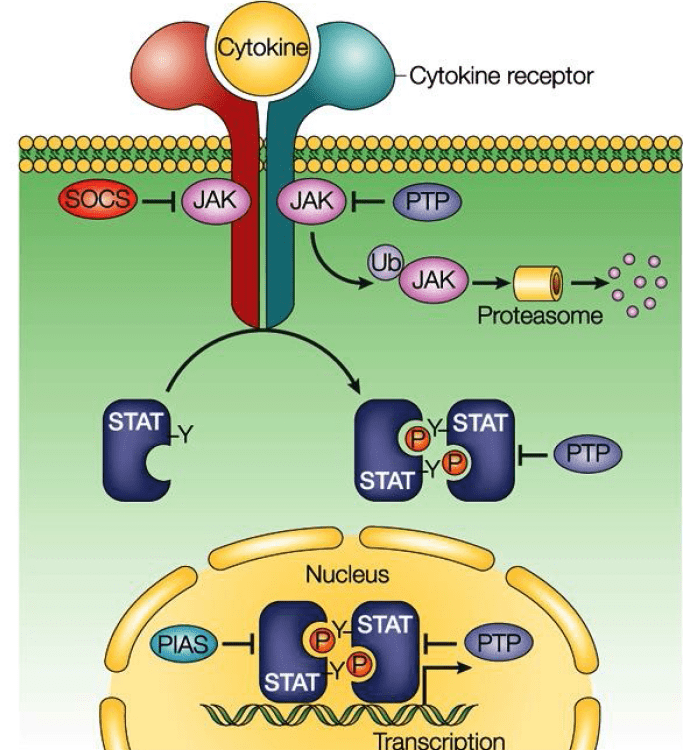

Constructivism is an underlying theory behind the American Association for the Advancement of Science (AAAS)’s Vision and Change in Biology Education: A Call to Action that has been applied to the teaching subdisciplines of biology, including botany, ecology, and medicine ( 2– 5). Here, we describe a constructivist approach to introduce signal transduction. Teaching signaling pathways in the undergraduate classroom can be challenging as students try to learn content through memorization, failing to grasp core concepts that would facilitate long-term retention and connection across multiple topics ( 1). We find this is a way to foster students integrating signal transduction knowledge. Ultimately, students are given the task to search the literature to identify a real-world example that mimics or is very similar to the pathway they came up with and note similarities and differences. Students are then given the opportunity to learn about each other’s pathways to identify ways in which they overlap and diverge. In this method, students are first presented with the discreet building blocks or molecules that comprise signaling pathways (such as the vocabulary terms signal molecule, receptor, effector and target) and asked to integrate the knowledge by building (“do it yourself” or DIY) their own signaling pathway. In this paper, we describe a modular method to introduce students to signal transduction. Often times students’ approach to learning signal transduction pathways relies heavily on memorization. In subjects like cell biology, genetics, and immunology, a solid understanding of signal transduction is key to mastering new content.


 0 kommentar(er)
0 kommentar(er)
